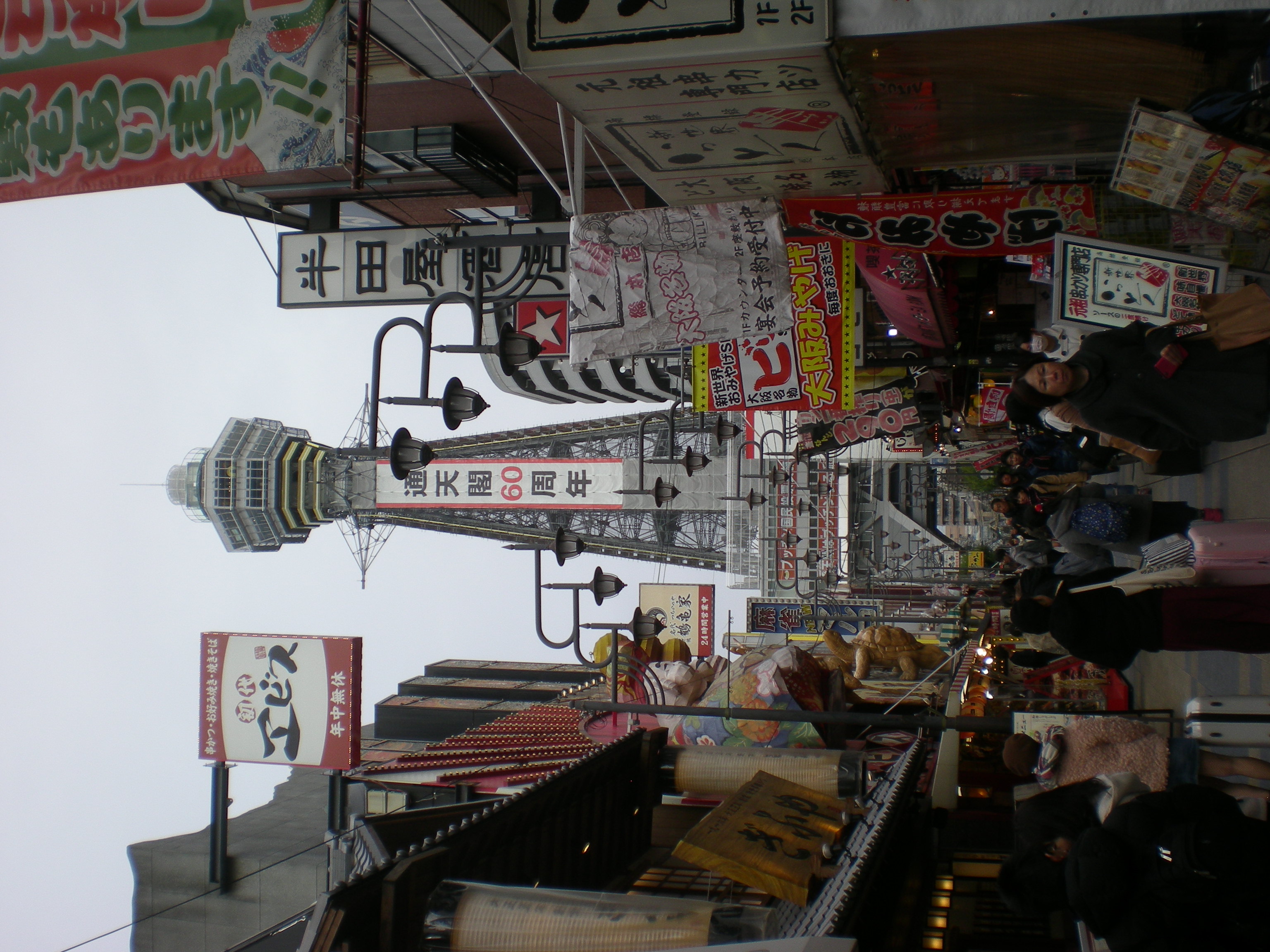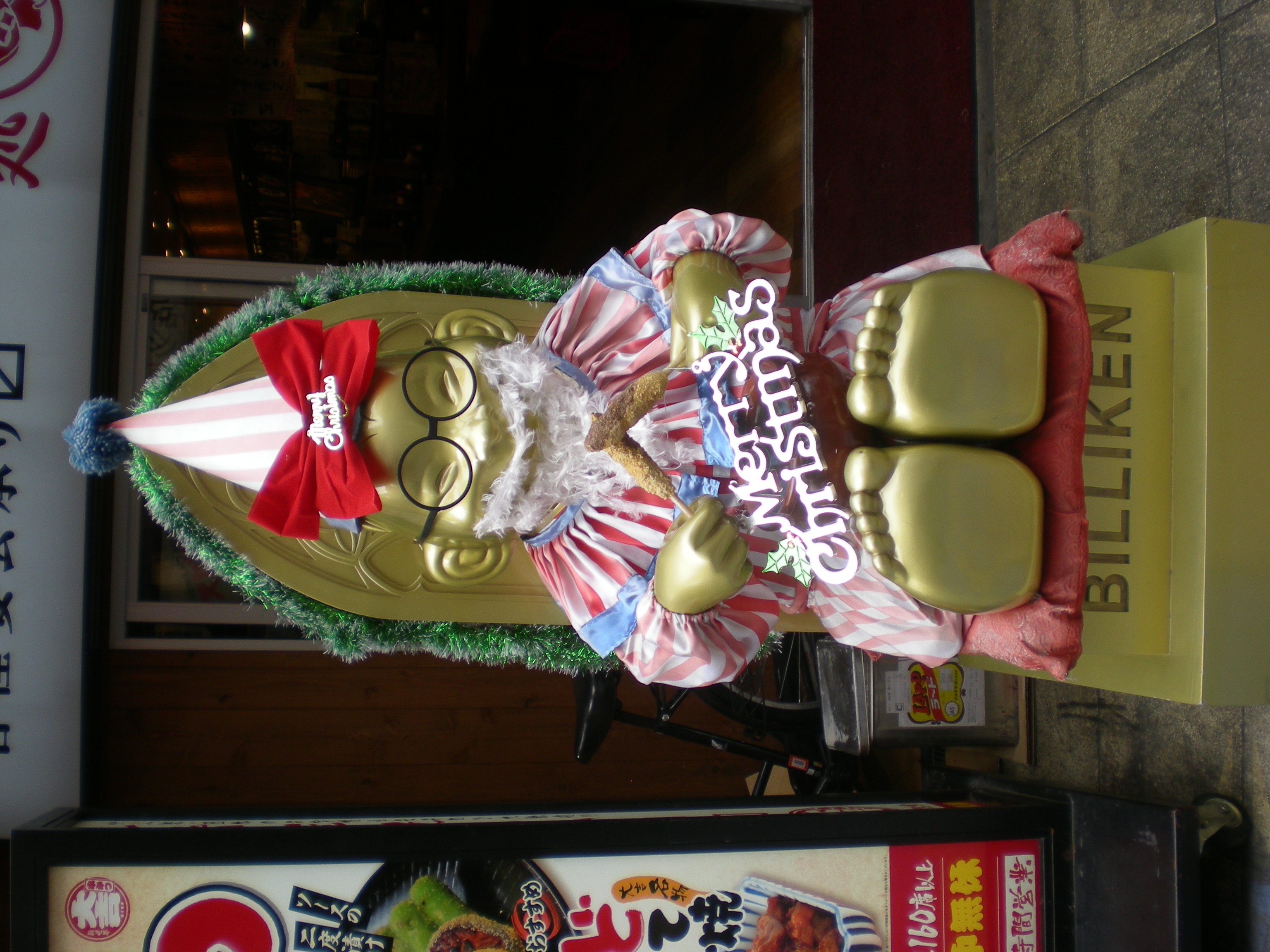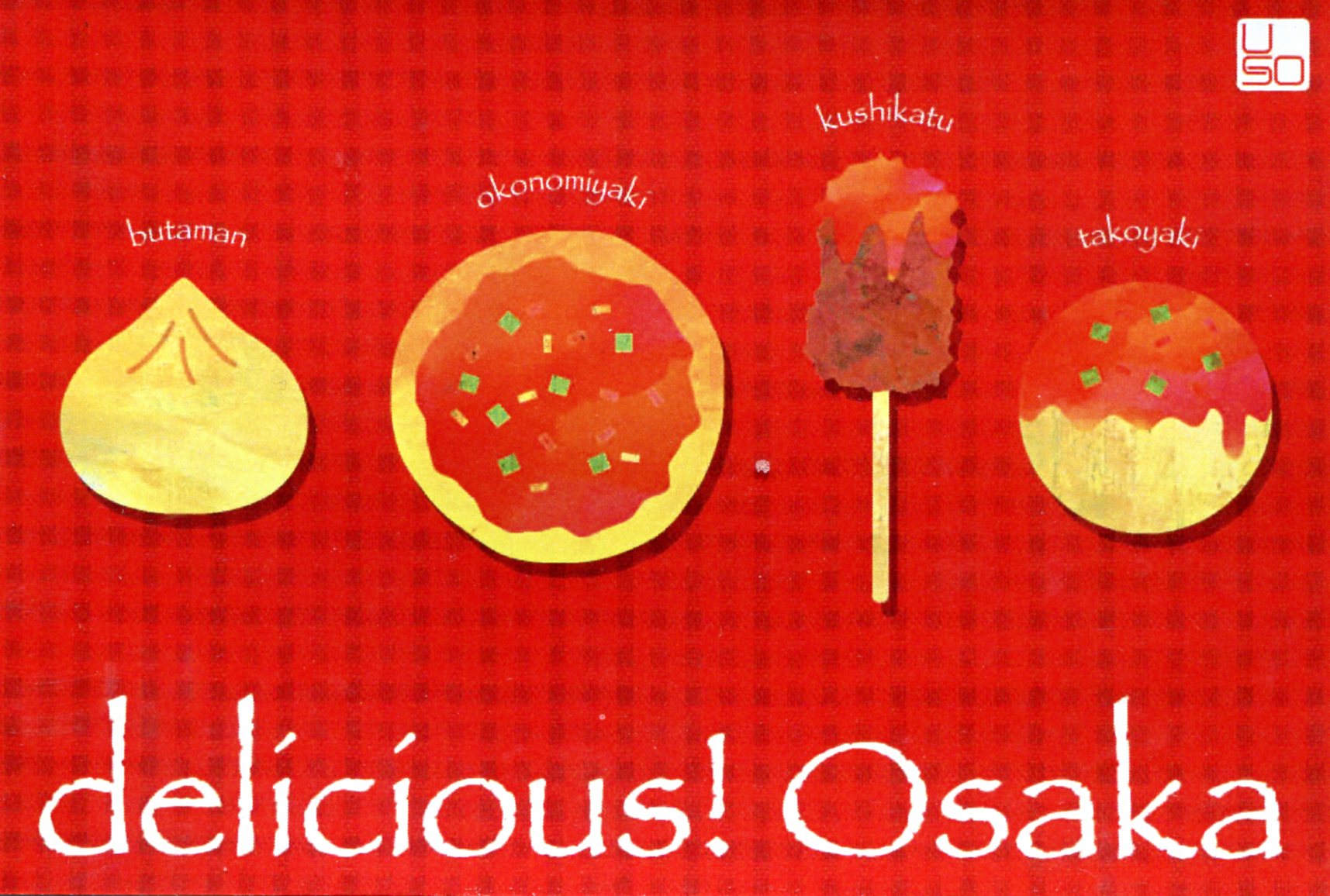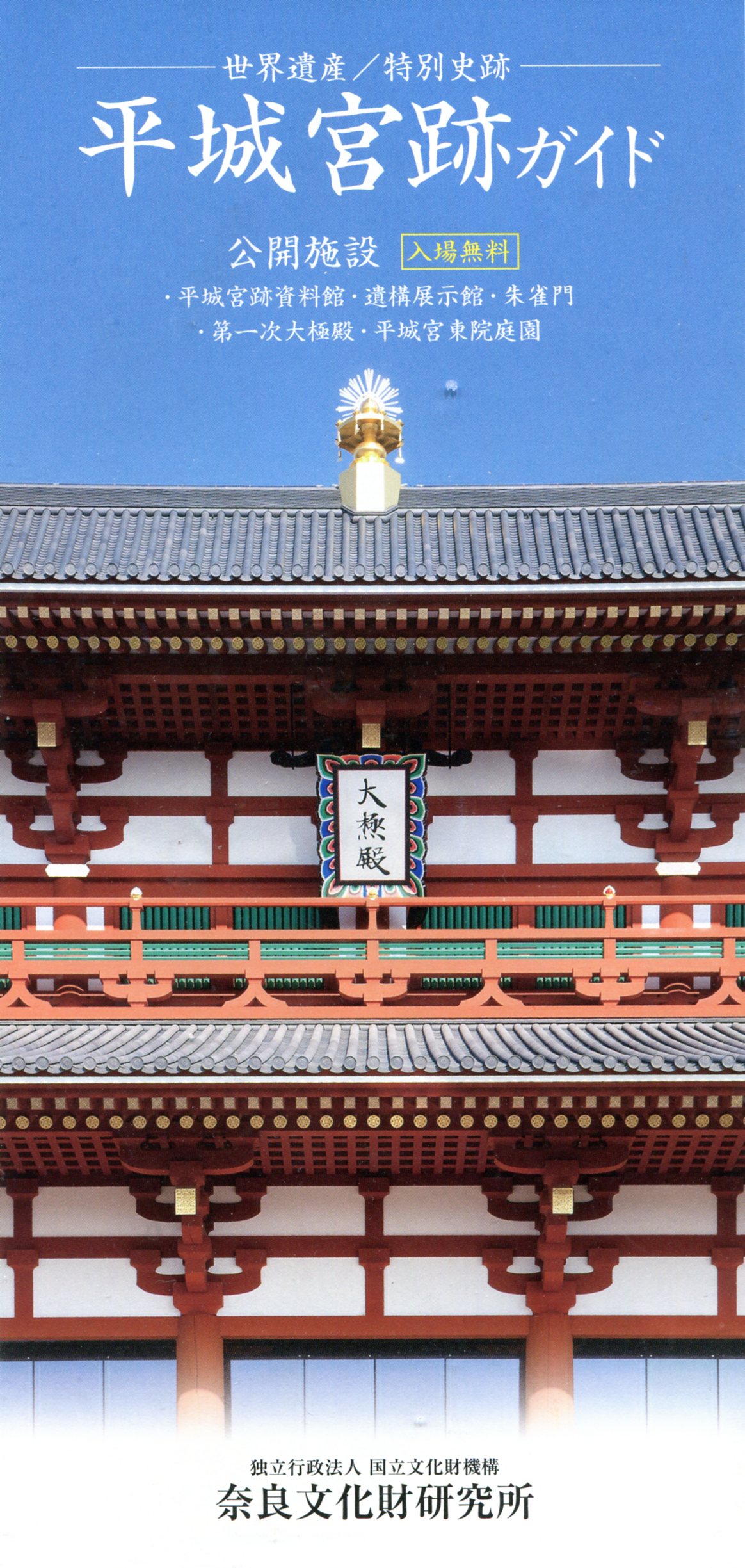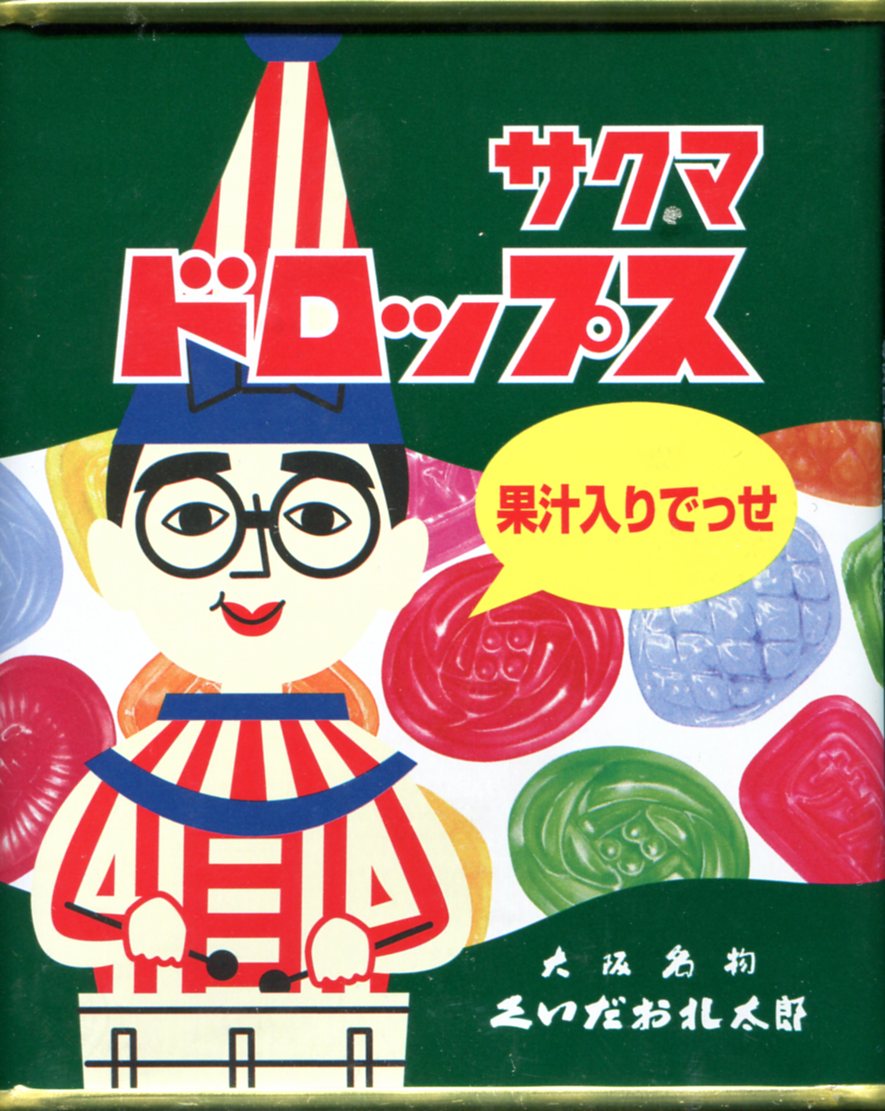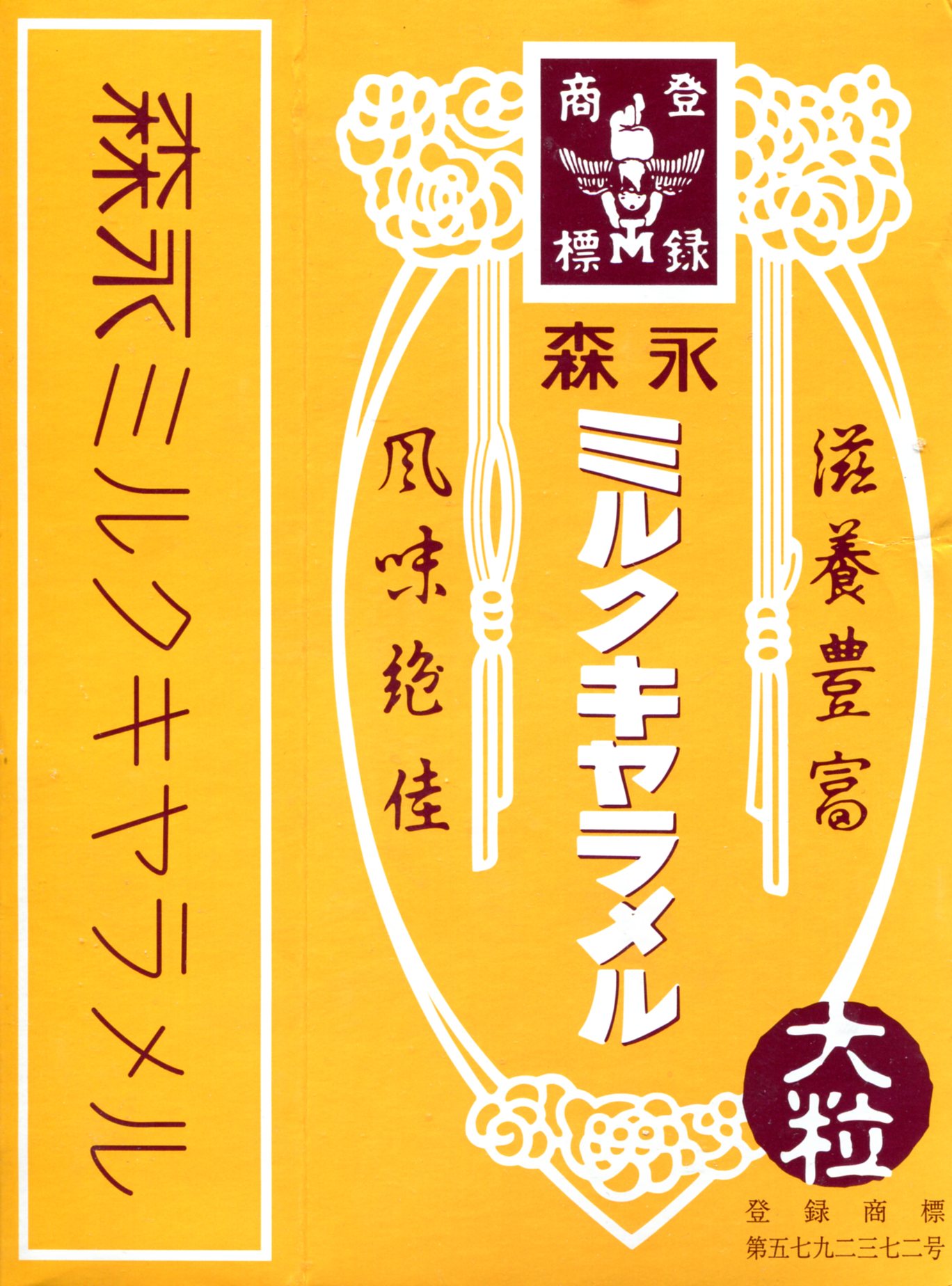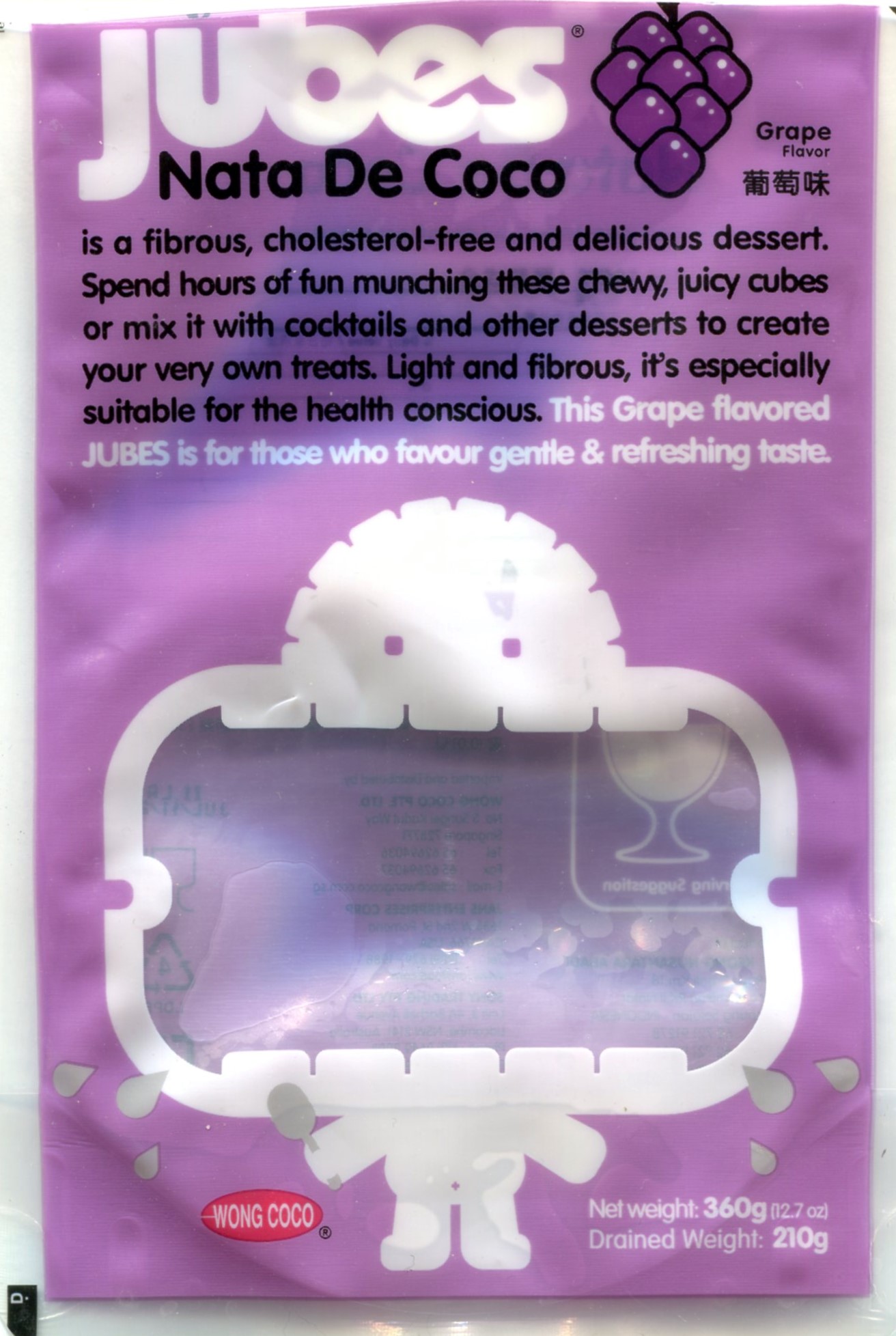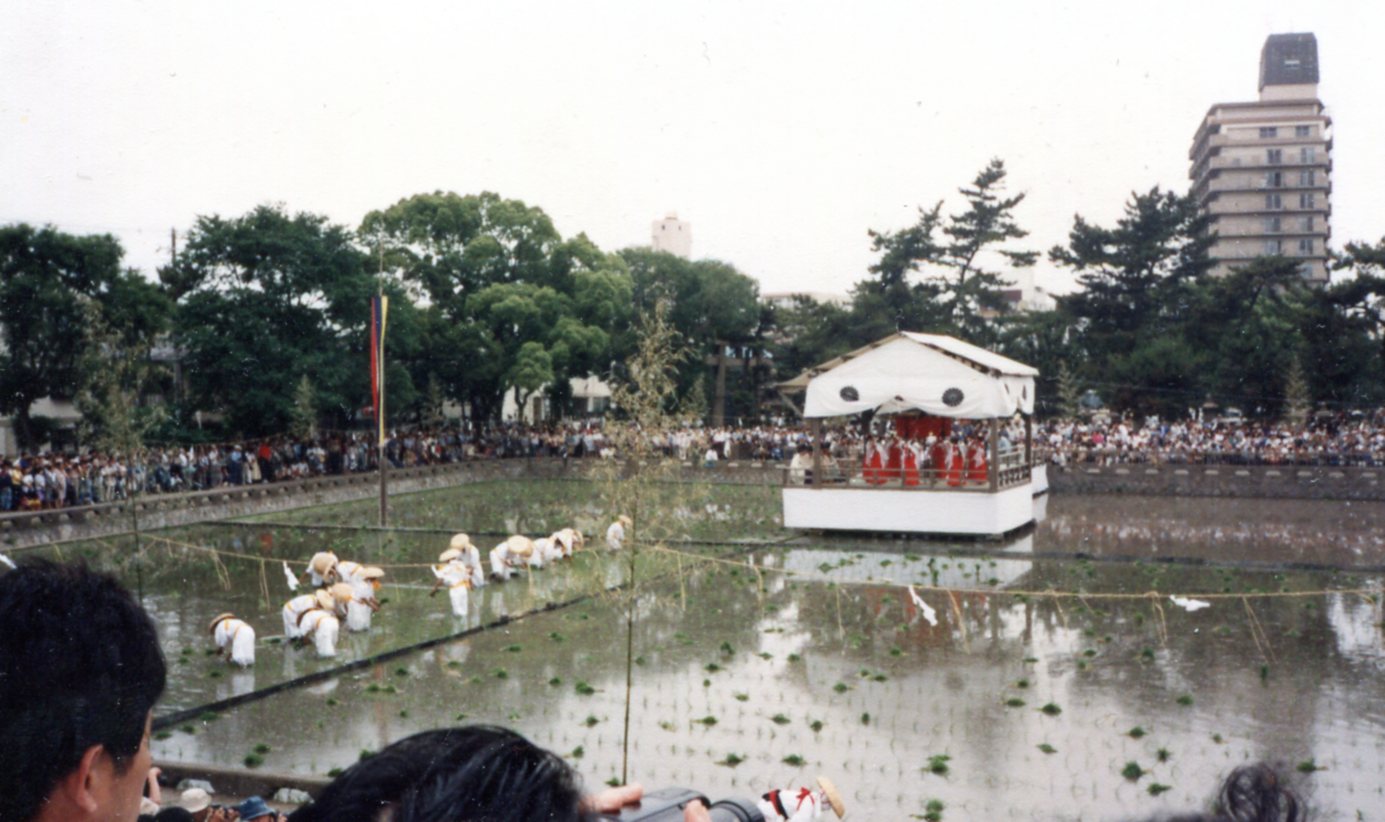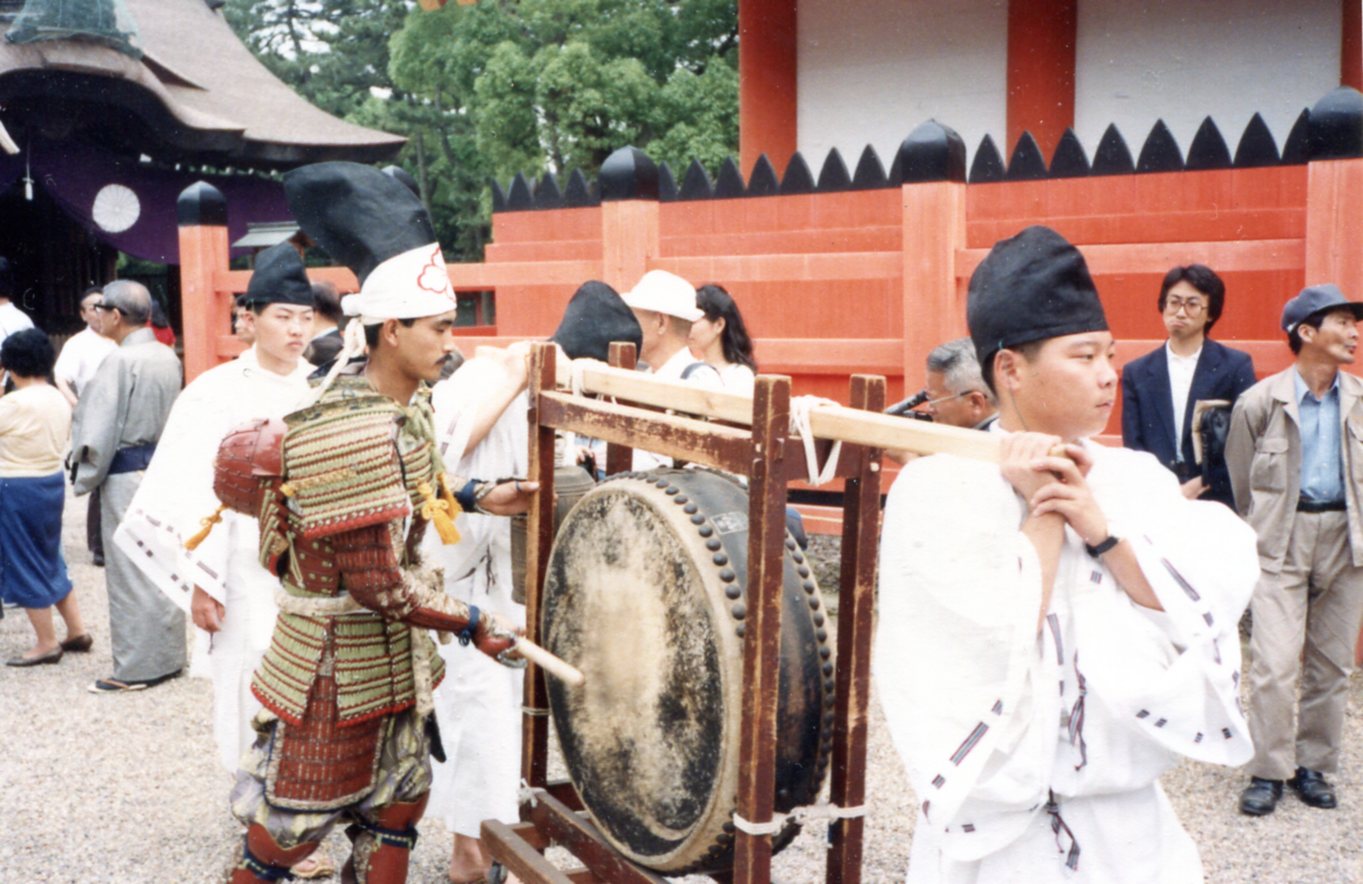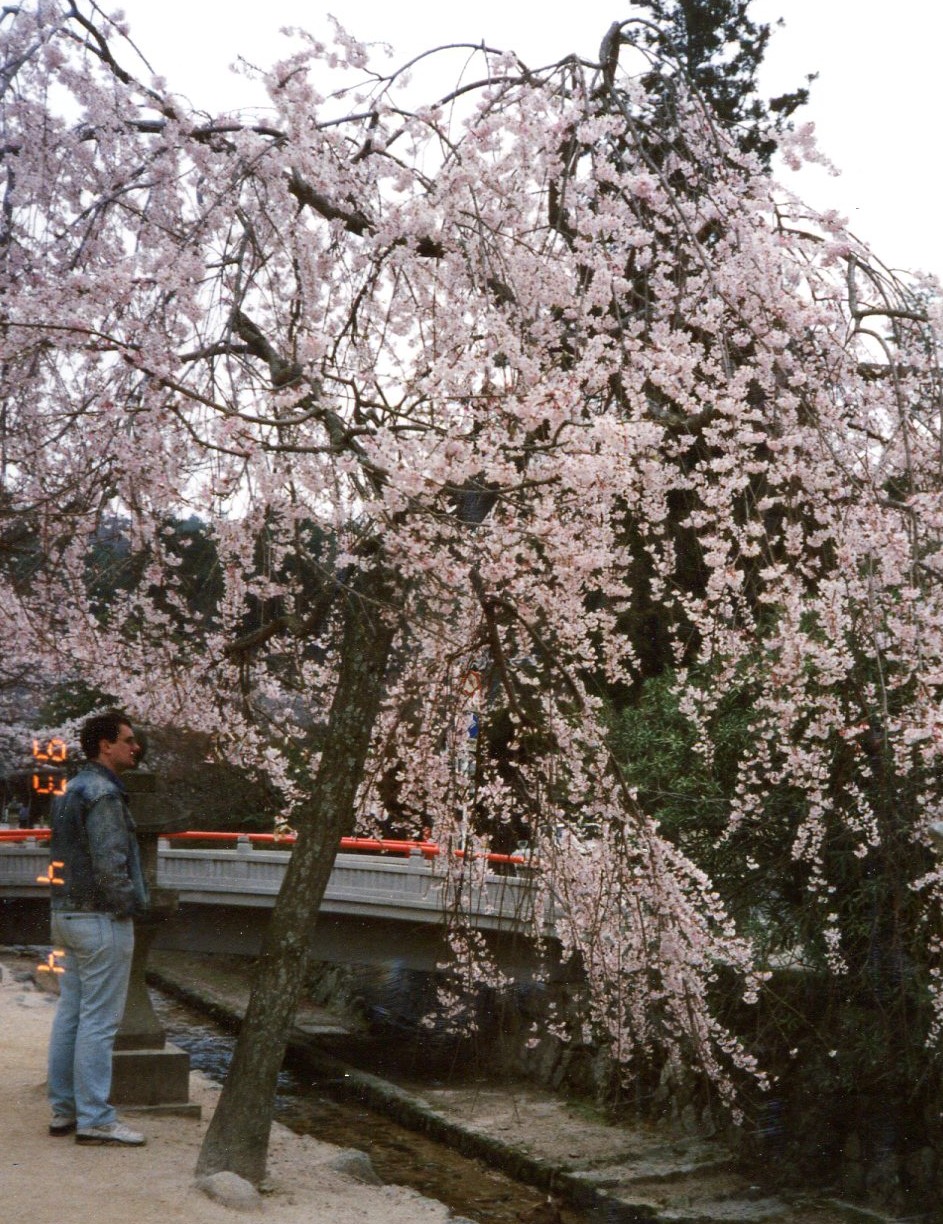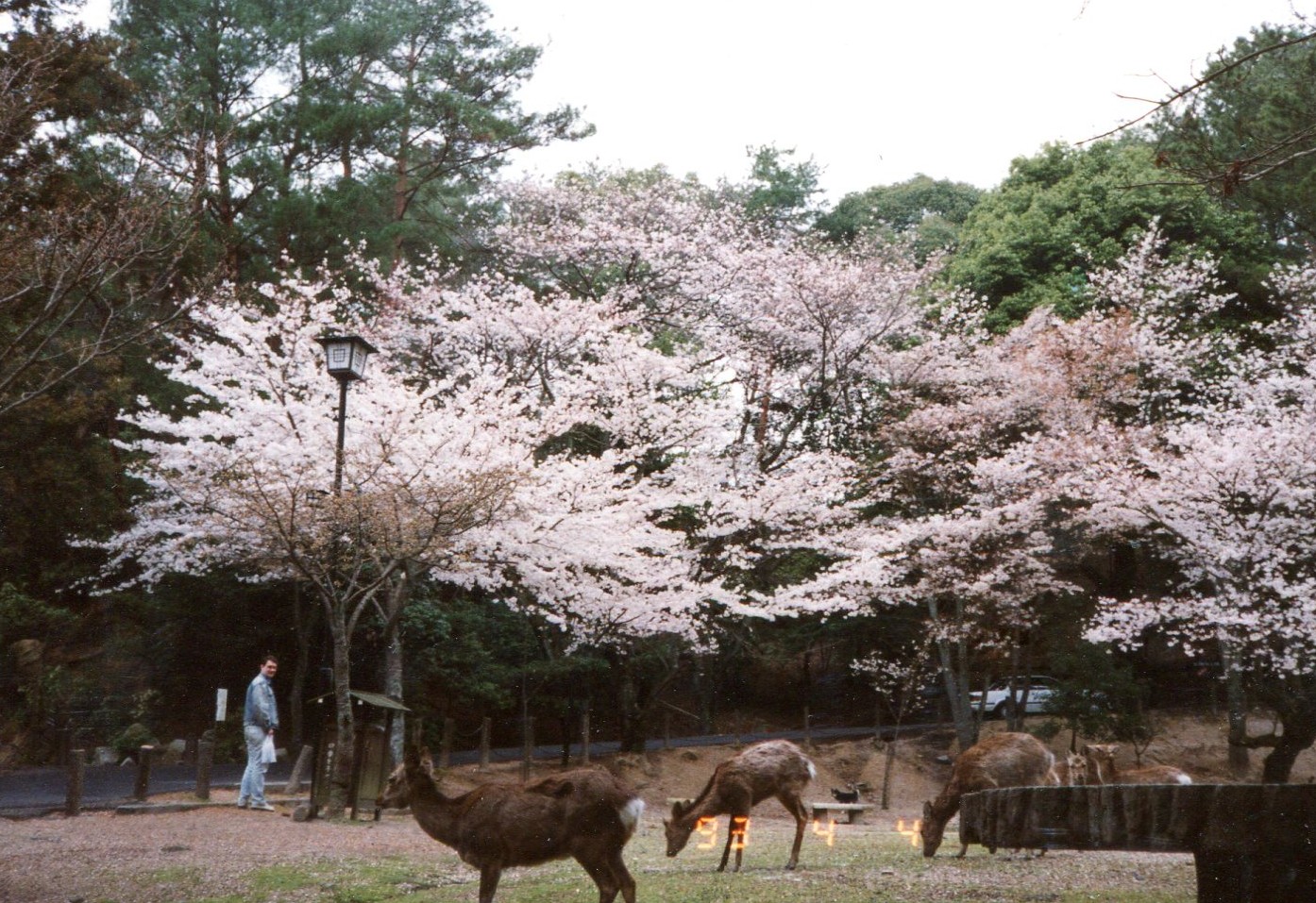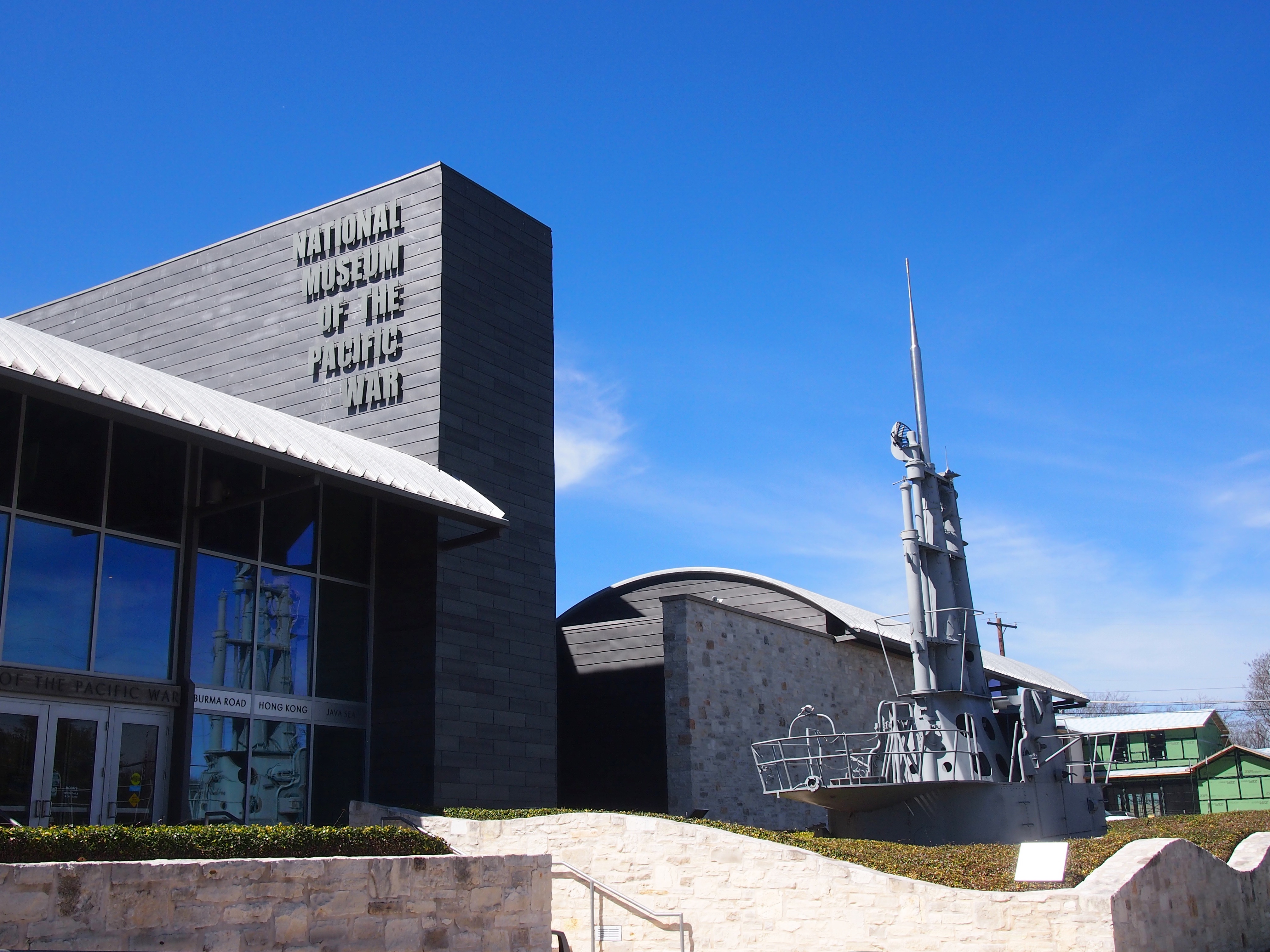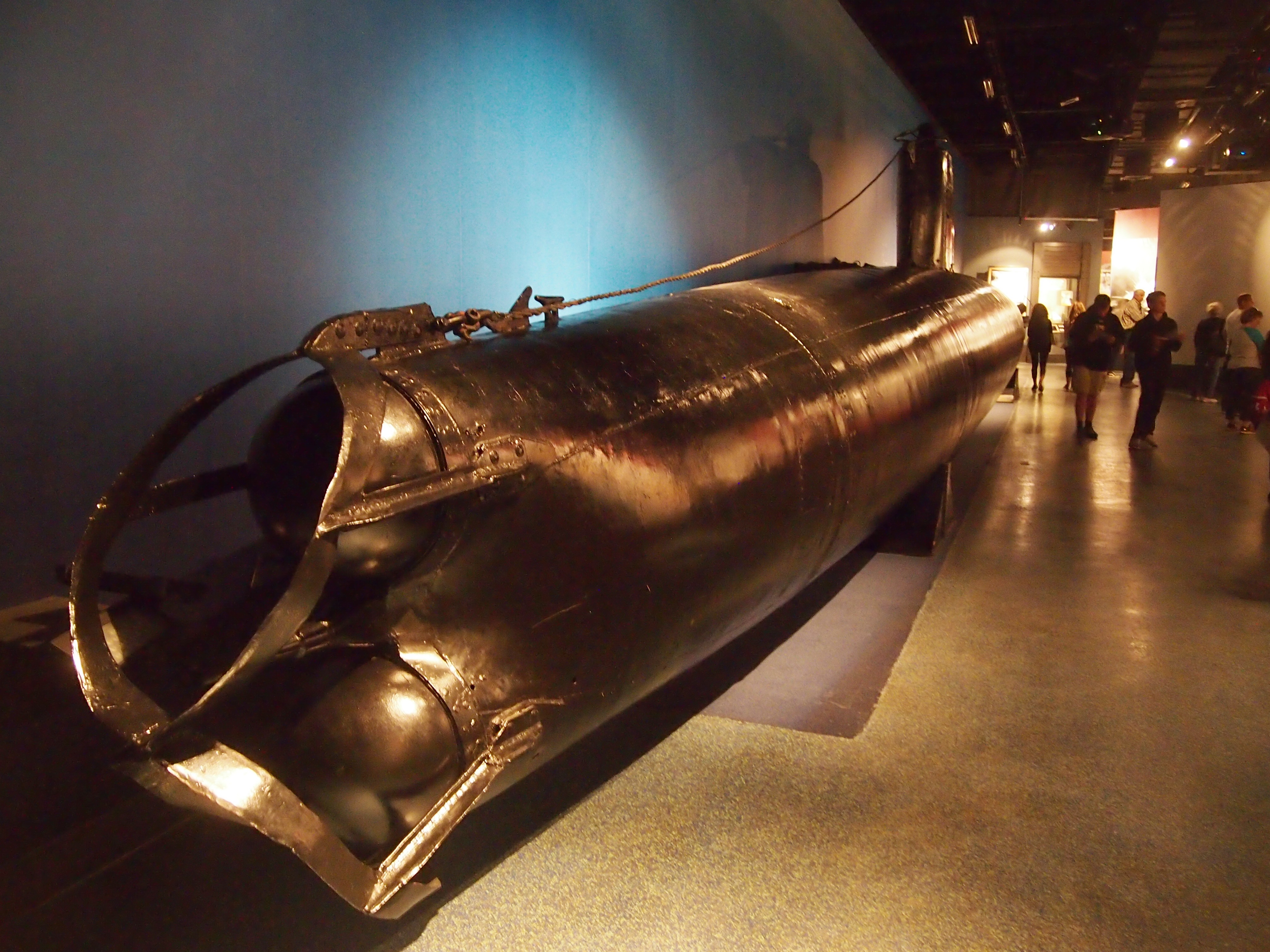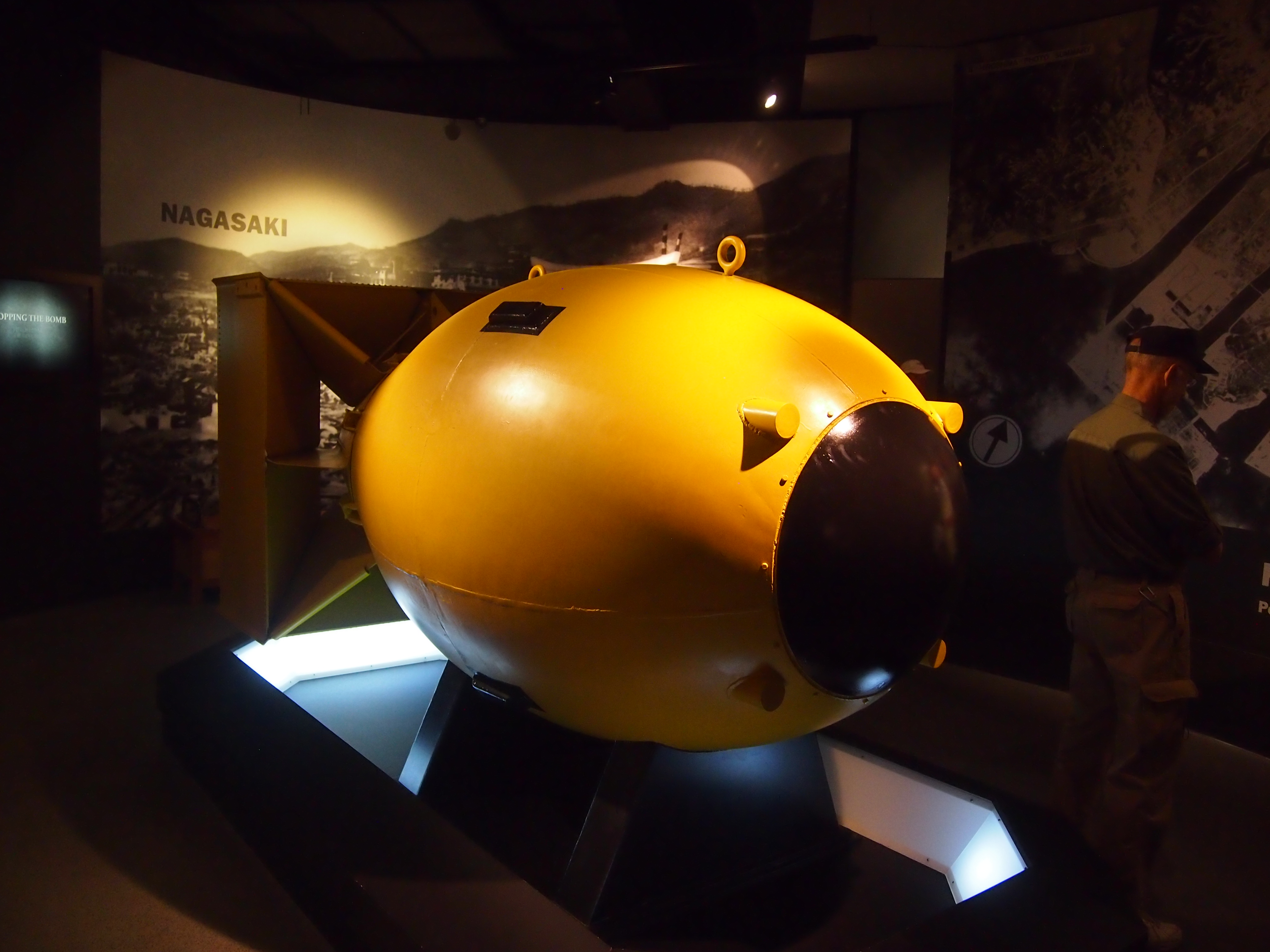Some years ago, Ed Henderson told me that we’d probably travel well together. That is, not get on each other’s nerves too much over the course of a multi-day trip. I took that as a compliment, but not anything we’d actually follow up on. And we never did.
Ed’s passing made me think about the scattering of places we did go, all day trips of one kind or another. In late ’91, for instance, two places on two separate occasions: Ishiyama-dera and Koyasan.
I wrote about Ishiyama-dera: “Warm and sunny day, flawless weather to visit the exquisite Ishiyama-dera. I went with Ed and Lynn, two former fellow teachers, and Americans as it happens, to the temple, which is in Otsu, Shiga Prefecture. It’s near the shores of unscenic Lake Biwa, the sludgepot that provides greater Osaka with its drinking water.
“No, that’s not the best way to begin to describe Ishiyama-dera, which is set in the forested hills not far from the lake. You forget about Biwa while visiting the fine old wooden structures, which manage to convey their great age through their smell, somehow, maybe redolent of centuries of incense. This time of year, the temple also has the aesthetic advantage of seasonal reds and yellow. It augments the aura of esoteric objects honoring esoteric gods on remote shores.”
As for Koyasan, I don’t ever seem to have written about it. That surprises me a little, since it was one of my favorite places in Japan, and I went there at least three times (maybe four). Whenever someone was visiting me from the States, I would take them there to marvel — as I always did, each time — at the enormous trees and the ancient shrines and the vast cemetery among the trees and the shrines. Just the way the afternoon sunbeams slipped through the towering tree canopy to touch the grass next to monuments, or dappled mossy statues, was worth the ride into the mountains to get there.
Koyasan, along with two neighboring sites, was put on UNESCO’s World Heritage list in 2004, and for good reason. “Set in the dense forests of the Kii Mountains overlooking the Pacific Ocean, three sacred sites – Yoshino and Omine, Kumano Sanzan, Koyasan – linked by pilgrimage routes to the ancient capital cities of Nara and Kyoto, reflect the fusion of Shinto, rooted in the ancient tradition of nature worship in Japan, and Buddhism, which was introduced from China and the Korean Peninsula,” the organization says.
“The sites (495.3 ha) and their surrounding forest landscape reflect a persistent and extraordinarily well-documented tradition of sacred mountains over 1,200 years. The area, with its abundance of streams, rivers and waterfalls, is still part of the living culture of Japan and is much visited for ritual purposes and hiking, with up to 15 million visitors annually. Each of the three sites contains shrines, some of which were founded as early as the 9th century.”
My college friend Steve — whom I did travel with once upon a time, in Europe — was visiting Japan that fall, and he and I and Ed went to Koyasan one day. It was there that Ed told me about his medical condition, perhaps (but I can’t remember now) in a discussion of why he, someone not even 30, needed a cane that day.
Here’s a thought: I wonder what a world map would look like with pushpins to mark the all the places all three of us have been, since Steve is fond of travel as well. A porcupine of a map.
As I mentioned yesterday, in May 1997, Ed and Lynn and Yuriko and I went to the Boyce Thompson Arboretum, about an hour east of Phoenix on 392 acres in the Sonoran Desert. It was a hot day, as you’d think, but we had an enjoyable walk on the grounds, taking a look at its large variety of desert plants. Not all of which were cacti. But many were.

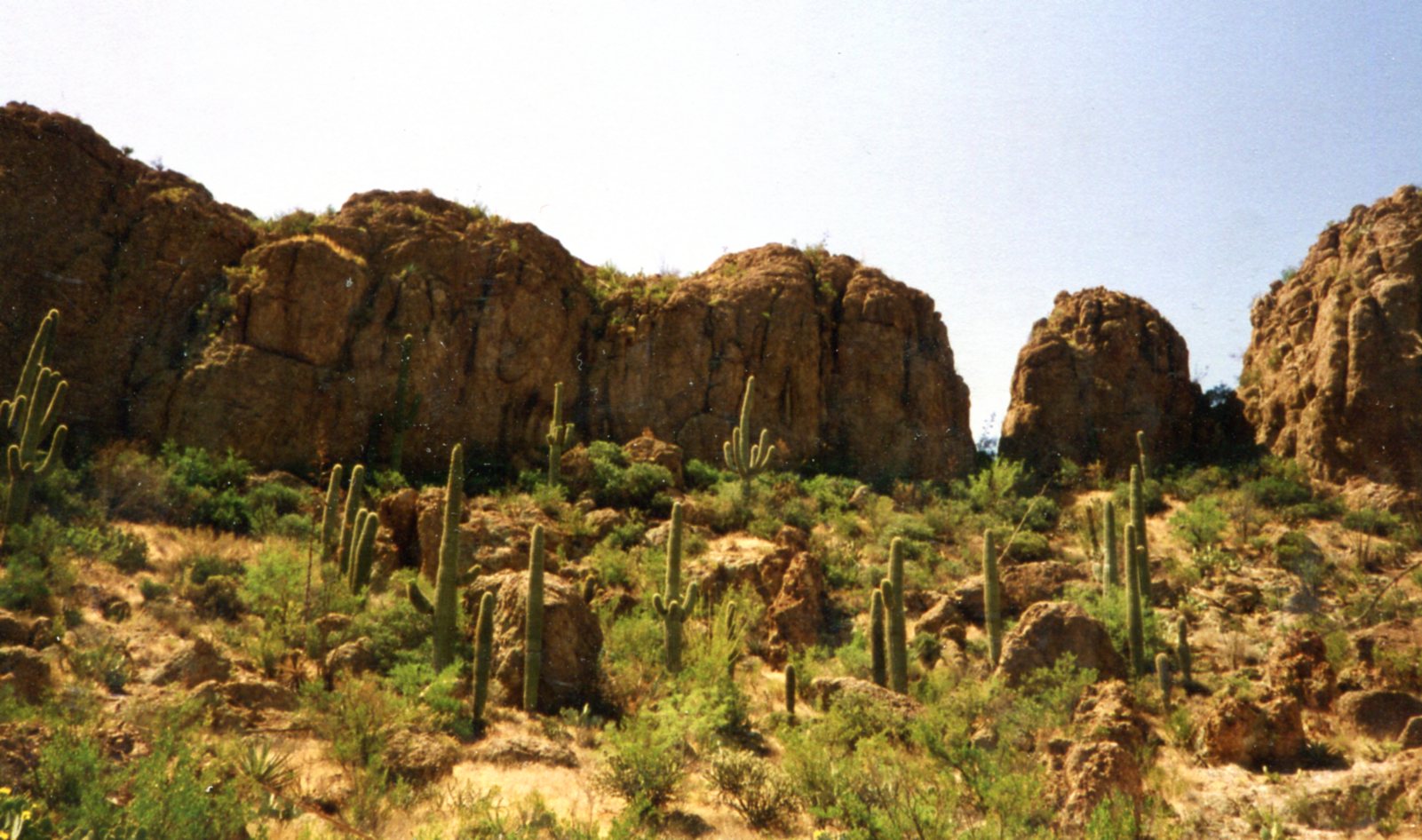 Last August — only 11 months ago — while visiting Ed in Washington state, I suggested we go to Vancouver for a day. It was a city he knew well, but one that I’d bypassed in 1985 to go to Vancouver Island instead. He wanted to go, but had no energy for it. So I went by myself.
Last August — only 11 months ago — while visiting Ed in Washington state, I suggested we go to Vancouver for a day. It was a city he knew well, but one that I’d bypassed in 1985 to go to Vancouver Island instead. He wanted to go, but had no energy for it. So I went by myself.
During that visit, however, we did go to Bellingham, a much shorter distance from his home, with me driving and him navigating. Among other things, we spent time at two bookstores in downtown Bellingham within walking distance of each other — the excellent and large Village Books and the excellent and small Eclipse Books. Like me, Ed owned and read a lot of books about a lot of different things, and thus spent a lot of time in bookstores.
We also ate gas station pizza. It was a favorite of Ed’s, bought at a Bellingham gas station, which actually had a fairly large shop attached to it. We got our slices to go and went to the Alaska ferry terminal, sitting on one of the benches facing the water to eat the pizza. Since no ship was due to arrive or depart that day, few other people were around. At that moment, he might have suspected he’d never return to Alaska, a place he liked so much; I wondered if I’d ever make it.
Actually, Ed did return, or will eventually. I understand that his ashes have been — or will be — scattered in the Stikine River, which empties into the Pacific just north of Wrangell, Alaska, where he lived for a time.
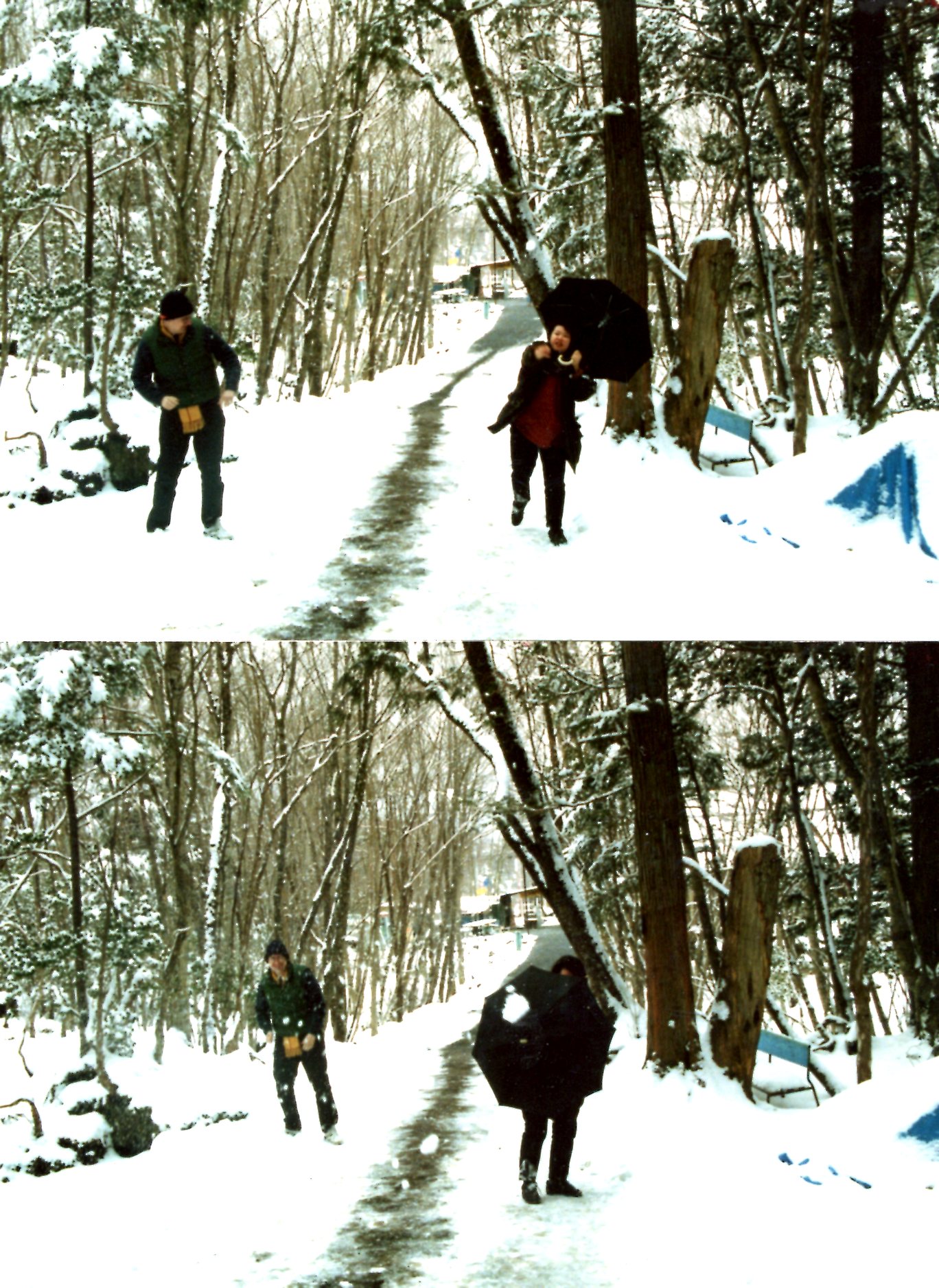 Either my sister-in-law (to be) or her husband took the shots. I scanned them together for better effect.
Either my sister-in-law (to be) or her husband took the shots. I scanned them together for better effect.